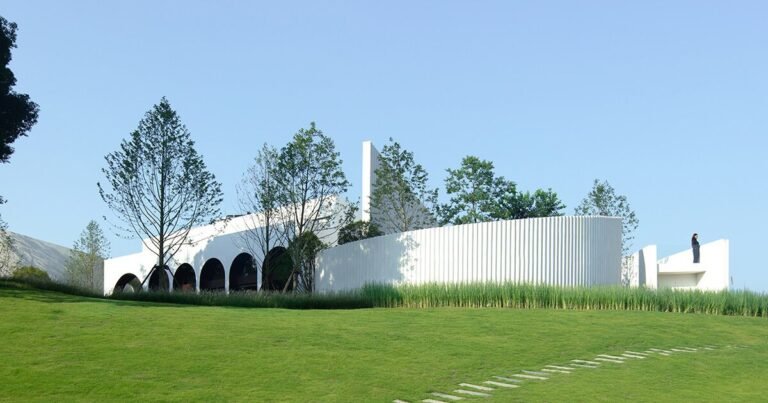Bonsai Hotel / Volume Matrix Studio
Bonsai Hotel / Volume Matrix Studio


Text description provided by the architects. The owners have the abandoned commercial building that was his grandfather’s clinic twenty years ago. The building is in the Ratchathewi district, Bangkok, Thailand. As It’s close to the airport rail link and only a kilometer from Bangkok CBD, the context will be filled with many shopping areas, street food vendors, and tourists. Therefore, with site context and the owner’s experience in hotel management, they decided to renovate this building to be a hotel.



In the 80s, this district used to be a shopping district, but it left more than twenty years abandoned due to the change in city transportation, the road became a one-way system and difficult to access. For that reason, the architect intended to design the hotel that would become the connector between its past and its future, preserve its own story during the 80s and bring it back to life.


With this idea, the building has been renovated in the way that the structure and some of the shared wall has been kept representing its past period, including the more than 60 years old banyan tree in the site area which later became the inspiration for the design and the name of the hotel. The name Bonsai doesn’t mean the Japanese way of planting, but it comes from ‘Bon’ which means above, and “Sai” which means banyan tree; therefore, it’s combined to be living on the banyan tree.


From the exterior, the tilted copper facade has been used to give privacy to the room and block the dust and noise from the main road while the direct sunlight will be blocked and reflected into the hotel’s unit by the back of the facade. Copper is used to express the idea of time and aging. Once time passes, the copper elements of the building will be corroded, especially the facade, to represent that the building is changing together with the growing banyan tree. The hotel has 4 stories. On the first floor, there is a lobby with a mezzanine area and duplex units; on the second floor and above are the hotel’s units. The stair has been redesigned from the typical commercial building hidden stair into the exposed atrium stair which is like the trunk of the tree while the variety of the hotel’s unit is like the unpredictable root and branch of the tree.



Apart from copper, the 80’s style materials such as terrazzo tiles, small rectangular tiles same as the existing building, and neon pink color paint have been used to represent the golden age of this building in the past before it was abandoned. Inside the hotel’s unit, the view of the remaining shared wall is like an artistic picture framed by a white window frame for the user to see the trail of the building’s past. The variation of room layout has been designed to fit in limited existing structure conditions such as a unit with a rising floor for the sanitary system to be hidden underneath while the step can also be used as the seat and define the bedroom area.







